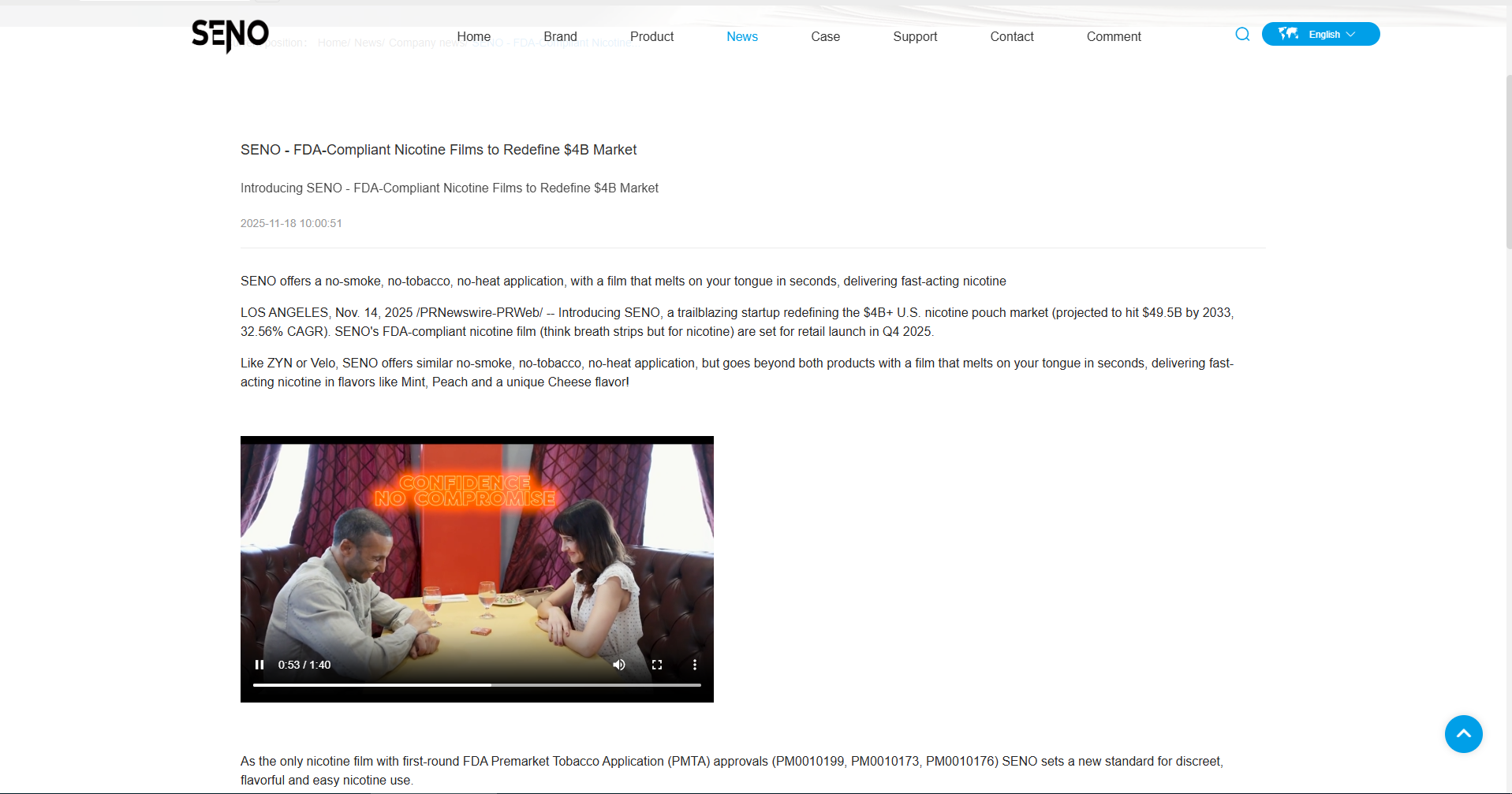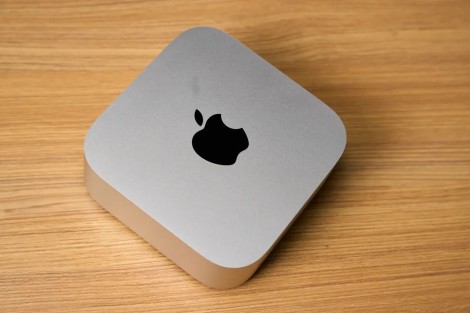In recent years, the coffee industry has witnessed a significant shift towards convenience and quality, leading to the rise of bean-to-cup machines. These innovative devices promise to deliver freshly brewed coffee at the touch of a button, grinding whole beans and brewing espresso or coffee in a matter of minutes. But the question remains: Are bean-to-cup machines worth the investment? In this article, we will explore the advantages and disadvantages of these machines, their impact on coffee quality, and their overall value for both casual drinkers and coffee aficionados.
Understanding Bean-to-Cup Machines
Bean-to-cup machines are designed to automate the coffee-making process, integrating a grinder, brewing unit, and milk frother into a single appliance. Users simply add whole coffee beans, water, and milk (if desired), and the machine takes care of the rest. This convenience appeals to many, but it’s essential to delve deeper into the features and performance of these machines to determine their true worth.
Advantages of Bean-to-Cup Machines
- Freshness and Flavor: One of the most significant benefits of bean-to-cup machines is the freshness of the coffee. Grinding beans just before brewing preserves the essential oils and flavors, resulting in a more aromatic and flavorful cup. This is particularly important for coffee enthusiasts who appreciate the nuances of different bean varieties.
- Convenience: For busy individuals or families, the convenience of a bean-to-cup machine cannot be overstated. With programmable settings, users can wake up to the smell of freshly brewed coffee or prepare a cup in seconds during a hectic morning. This ease of use makes it an attractive option for those who may not have the time or inclination to use traditional brewing methods.
- Customization: Many bean-to-cup machines offer customizable settings, allowing users to adjust grind size, coffee strength, and milk frothing options. This level of personalization caters to individual preferences, ensuring that each cup is tailored to one’s taste.
- Cost-Effectiveness: While the initial investment in a bean-to-cup machine can be significant, it may lead to savings in the long run. Frequent visits to coffee shops can add up quickly, and having a high-quality machine at home can reduce the temptation to purchase expensive lattes and cappuccinos.
Disadvantages of Bean-to-Cup Machines
- Initial Cost: The price of bean-to-cup machines can range from a few hundred to several thousand dollars, depending on the brand and features. For those on a tight budget, this upfront cost may be a deterrent.
- Maintenance and Cleaning: These machines require regular maintenance to ensure optimal performance. This includes cleaning the grinder, brewing unit, and milk frother. Neglecting maintenance can lead to a decline in coffee quality and potential malfunctions.
- Size and Aesthetics: Bean-to-cup machines can be bulky, taking up significant counter space. Additionally, their design may not appeal to everyone, particularly those who prefer a minimalist kitchen aesthetic.
- Learning Curve: While many machines are user-friendly, there can still be a learning curve involved in mastering the settings and features. Users may need time to experiment with different grind sizes and brewing times to achieve their desired flavor profile.
Evaluating Coffee Quality
When considering whether a bean-to-cup machine is worth it, one must evaluate the quality of coffee produced. Many high-end machines are capable of producing café-quality beverages, rivaling those from specialty coffee shops. However, lower-end models may not deliver the same level of consistency or flavor. It is crucial to research and read reviews to find a machine that meets your quality expectations.
Conclusion: Are Bean-to-Cup Machines Worth It?
Ultimately, the decision to invest in a bean-to-cup machine depends on individual preferences, lifestyle, and budget. For coffee lovers who prioritize freshness, convenience, and customization, these machines can be a worthwhile investment. However, for those who are more casual coffee drinkers or have budget constraints, traditional brewing methods may suffice.




